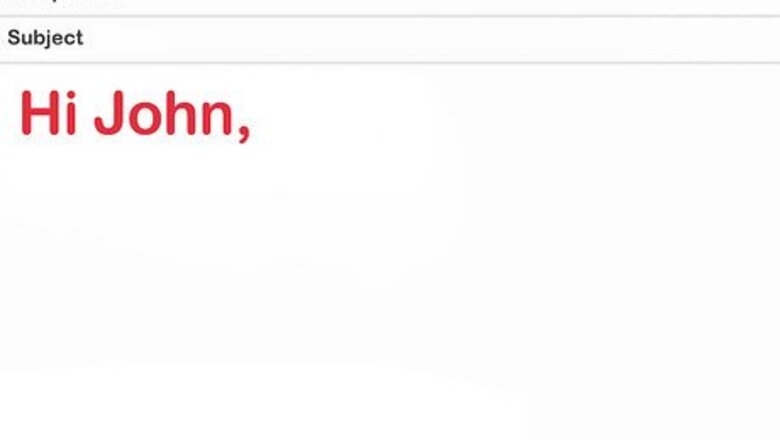
views
Setting a Friendly Tone

Greet the recipient. In business situations, you may have to use a standard greeting, like "Dear so-and-so." However, more and more, personalized emails are becoming standard. Some email greetings that can help you strike a friendly tone from the start include: Hi John Hi there Long time no see Hey!
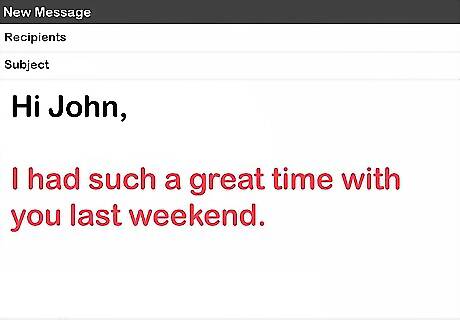
Reference your connection to the recipient. If you just stick to the reminder, your message might come across as cold. Reference your personal connection to the recipient by including phrases that reflect on your friendship and shared experiences. These might include: How's school been going? My friend, how have you been? I had such a great time with you last weekend. When was the last time we talked, a month ago? That trip we took together was a blast! We'll have to do it again soon.
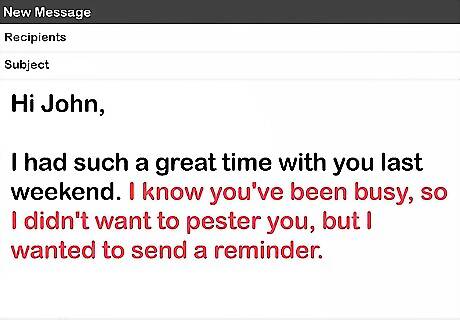
Soften your expressions. This is especially important for the reminder part of the email. If it's been a while since you've been in touch with the recipient, it may be suitable to offer a light apology or excuse for only getting in touch for the sake of a reminder. Some examples of softened expressions include: I know it's been a while since we've talked, but I wanted to remind you about... Things have been so hectic with the new baby, I only just remembered to remind you... I know you've been busy, so I didn't want to pester you, but I wanted to send a reminder...
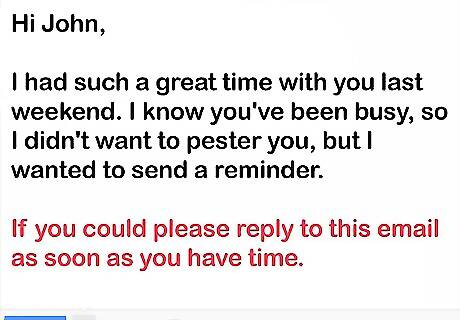
Be polite. If the reminder is important, it's easy to come across too strong. Keep in mind that the recipient has things going on in their life. Remember to say "please" and "thank you" and equivalent expressions as well. You might include polite phrases like: Sorry to bother you, but I wanted to make sure... If you could please reply to this email as soon as you have time... Thanks for taking time to read any reply to this reminder. I appreciate it. I'll look forward to your response.
Covering the Necessaries
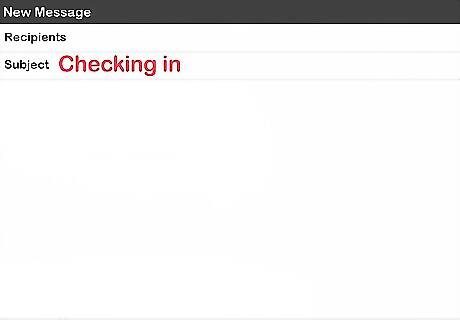
Use a subject line. You don't have to write a clever subject line. Ones that are clear and to the point will be most useful. These will allow the recipient to know the purpose of the email at a glance. Some common options for a friendly email reminder might include: Checking in Quick reminder about... Upcoming trip/event/etc. Headcount for trip/event/etc.
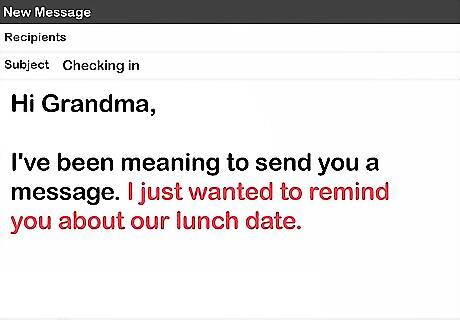
Remember to include your reminder. When you're trying so hard to be friendly and polite, it can be easy to leave off something important, like the actual reminder. Put your reminder near the beginning of the email, shortly after the greeting and a brief personal connection. For example: "Hi There,It's been a while since we've talked, Ben. How're your wife and kids? Mine keep me pretty busy, but I wanted to check in with you about..." "Hey!Grandma, I've been meaning to send you a message. Sorry I've been so busy. I just wanted to remind you about our lunch date..."
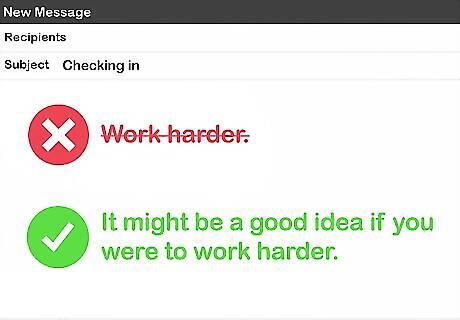
Employ concise language. It's generally true that polite language uses longer expressions. For example, the phrase "Work harder" would be politer as "It might be a good idea if you were to work harder." While polite, these long expressions can make the focus of your email difficult to pinpoint. Use a simplified structure for your email. This might look something like: Greeting (opening) → Personal Connection → Reminder → Valediction (closing)
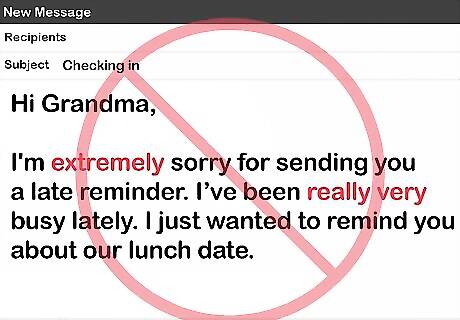
Edit out unnecessary information. For each sentence and each part of each sentence, ask yourself, "Is this necessary?" In some cases, "necessary" may mean something as broad as "It's necessary so my email doesn't sound cold." Remove unnecessary parts of the email. Generally, adverbs (like "very," "really," "truly," "extremely," and "definitely") can be removed to make your message more concise.

Close the email with a valediction. "Valediction" is a fancy word that means "saying farewell." Valedictions include expressions like "Best," "Regards," "Yours Truly," and "Sincerely." Your signature should follow your valediction. These common valedictions, however, might come across as impersonal. You might try something like: Your friend Cheers All the best Have a great day Tag, you're it Looking forward to hearing from you
Ensuring an Error-Free Email

Proofread your email. Even glancing through your email once or twice quickly will eliminate many simple errors that might have sneaked in while writing it. After you've finished composing, proofread your email for spelling and grammar. Many email services have a free grammar and spelling checker. The quality of these will depend on your email provider. In some cases, these checkers may not be very accurate. Remember to check your subject line, your greeting, and your valediction (closing). It's easy to gloss over these and focus on only the body of your email.

Read your email aloud. If you're writing an important email, or if you really want to be particularly friendly or polite with someone, read your email from start to finish out loud. Does it sound conversational? If so, your email is ready to send. Rewrite sentences or passages that sound clunky. Use your best judgement when evaluating this. This will vary from person to person, depending on your style of speaking.

Have another person look over the email. For important communications, like those intended for business, you may want another person to check the reminder before sending it. If you've written a concise email, this generally takes little time and can help catch even the smallest errors. Check your online messaging service. Send a message to a friend online asking something like, "Hey, could you read over a short email I have to send? It'll only take a minute." Remember to express your gratitude to anyone who reads over your email. They're doing you a favor, after all.


















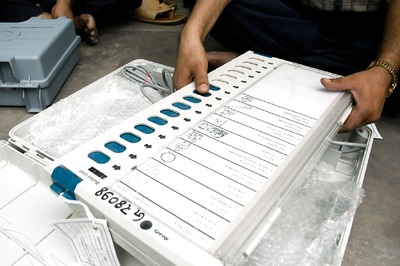
Comments
0 comment